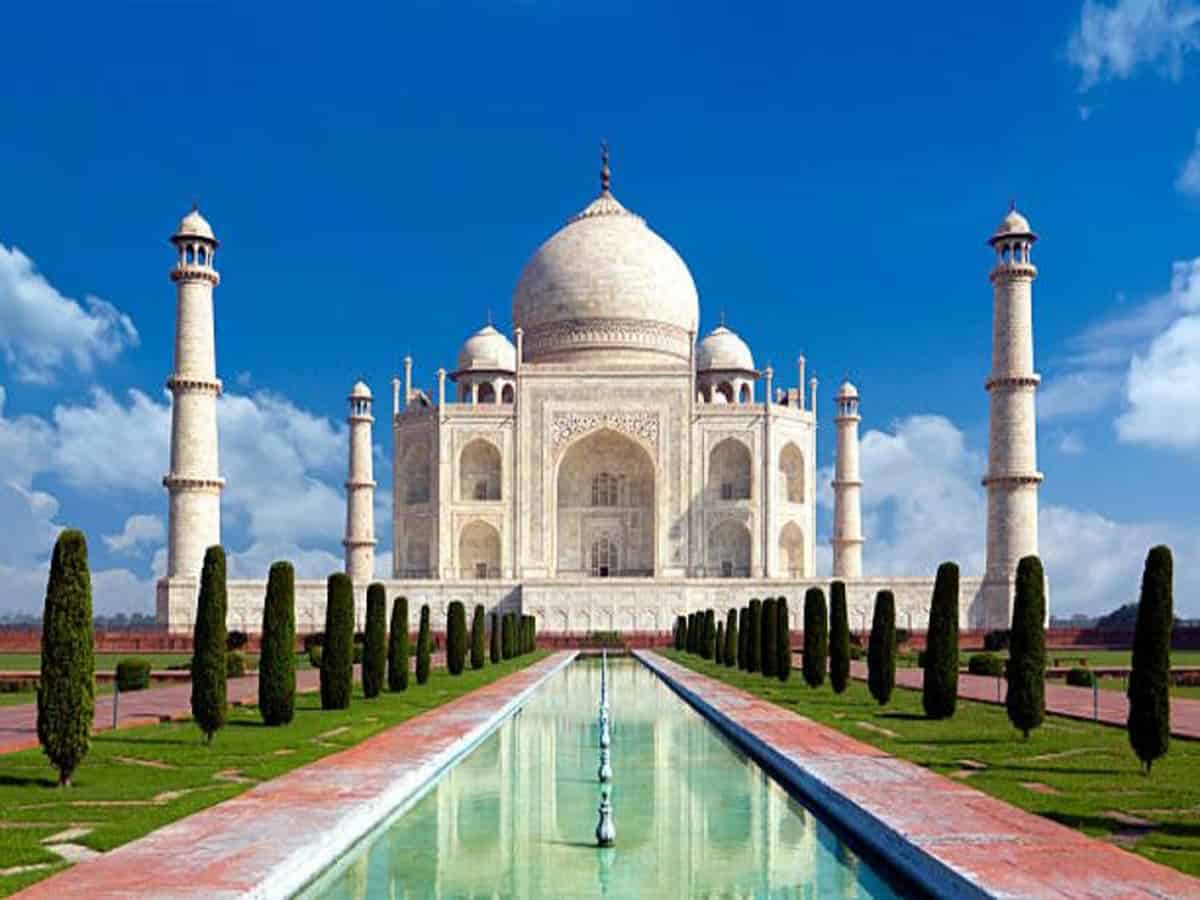New Delhi: The technique that was adopted during the construction of historical monument Taj Mahal can be used while laying the foundation of Ram Mandir in Ayodhya in order to address the river stream problem.
Last month, the test piles for the temple foundation failed to prove resilient enough in tests due to the unfavourable soil conditions underneath.
River Saryu
It is reported that there is a flow of water on the western side from the river Saryu.
Ram Mandir Trust Secretary Champat Rai had said that till 17 metres down, there is no “original soil” and beneath that is sand in a powdery form, which prevents a firm grip for a foundation.
Construction of Taj Mahal
As per the IB Times report, the construction of Taj Mahal also faced similar hurdles as it was built on the sand that is considered a loose base for huge constructions.
In order to overcome the hurdle, a special water-resistant mortar called “Sarooj” was used for the base of Taj Mahal.
Sarooj was build using lime, clay, sand and ash. Apart from it, jaggery, pulse, sugar bubbles, gram flour, resin, jute, and gum were also added to the water-resistant mortar.
However, Champat Rai on Friday said that the temple’s foundation will consist of concrete, rocks and lime. The foundation will not have Iron or silver, he added.

